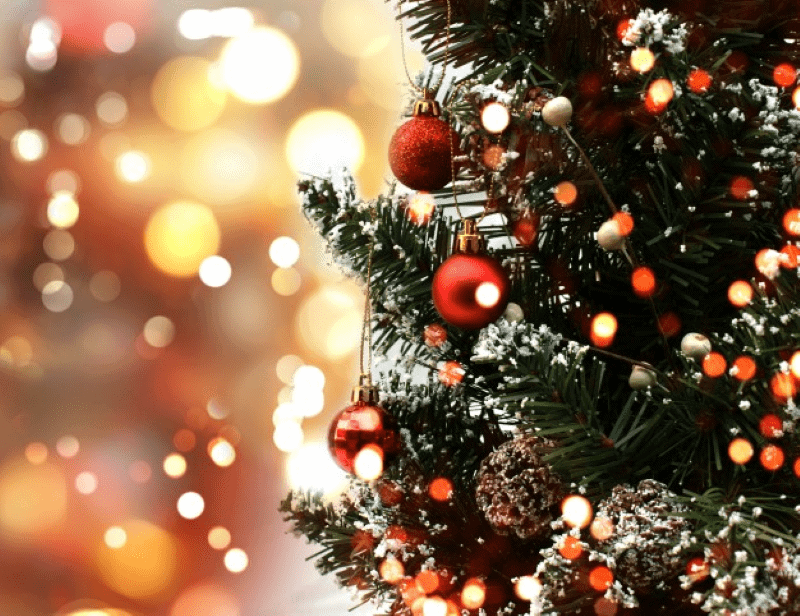
The holiday season is a time of joy and merriment that is best symbolized by the Christmas tree- adorned with glittering ornaments, sparkling lights, and festive decor. While modern-day decorations are readily available and commercially produced, antique Christmas ornaments hold a special charm that draws collectors and enthusiasts alike. Each piece has a story to tell, reflecting the cultural and historical significance of the era in which it was made.
From Handmade Treasures to Mass-Produced Classics: The Evolution of Christmas Decorations
One of the most coveted antique ornaments is the glass bauble. These delicate and intricately designed decorations were first created in the town of Lauscha, Germany in the late 1840s. Originally hand blown by skilled artisans, the baubles were filled with substances like sawdust or sugar to create a textured effect. Later, they were painted in bright colors and adorned with glitter, tinsel, or metal accents that gave them a festive flair. In the late 19th century, German companies like Kugel began mass-producing glass baubles, and they quickly became a popular addition to Christmas trees all over the world.
Another sought-after antique ornament is the German Dresden ornament. These ornate creations were originally manufactured in the city of Dresden from around the 1840s until World War II. Made from pressed paper pulp, they were intricately cut into various shapes, including animals, flowers, and nativity scenes. Each piece was then painted in vivid colors and embellished with glitter or metallic accents. The skill and craftsmanship involved in creating these delicate ornaments make them highly sought after by collectors.
One of the most interesting antique Christmas ornaments is the figural or shaped glass ornament. These baubles, also called “fantasy ornaments,” were first produced in the late 19th century by the German company Eckhardt & Engler. Figural glass ornaments were created in a variety of shapes, including fruit, vegetables, animals, and people. These ornaments were often more expensive than the standard round baubles, as they required more time and effort to manufacture. Today, these unique pieces are highly prized by collectors for their intricate details and artistic designs.
Antique Christmas ornaments also hold sentimental value for many. Some of these ornaments have been passed down through generations, becoming cherished family heirlooms. Others reflect particular customs or traditions associated with different regions and cultures. For instance, in Poland, the Christmas tree is traditionally decorated with handmade blown glass ornaments known as “bombki.” These delicate and colorful creations often depict angels, shepherds, or other nativity scenes, and are renowned for their fine craftsmanship and beauty.
In conclusion, antique Christmas ornaments hold an irresistible allure for collectors and enthusiasts alike. Each piece reflects the history and culture of its time, making them not just simple decorations but valuable cultural artifacts. Whether it’s the intricate details of the Dresden ornament, the whimsical designs of the figural glass bauble, or the sentimental value of a cherished family heirloom, these ornaments evoke a sense of nostalgia, joy, and wonder that embodies the holiday spirit.
